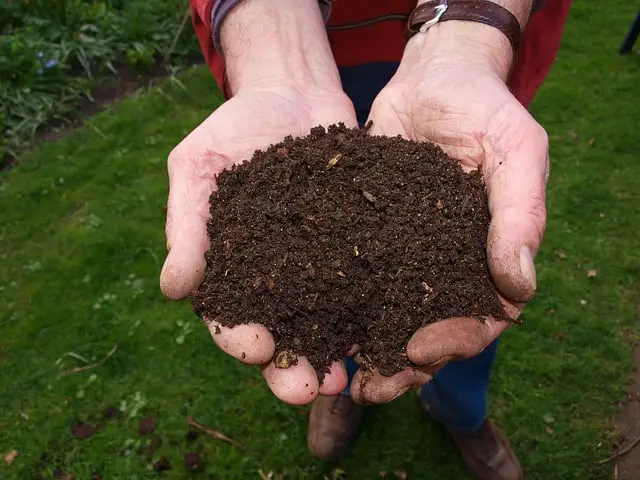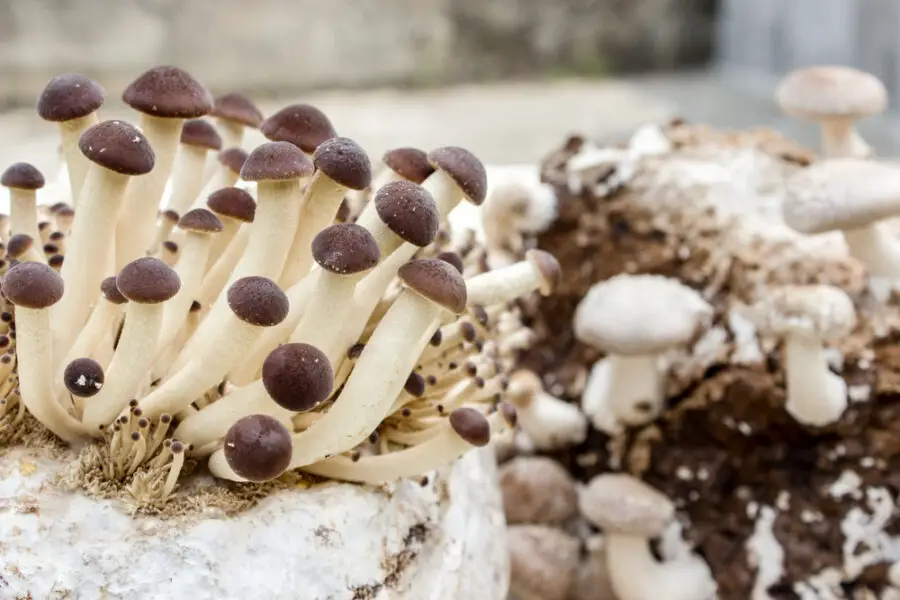Lion’s Mane is perfectly legal to have and consume. You can locate it at some grocery stores or local farmers’ markets all over the country, but it’s most commonly found in the Northeastern United States and Canada.
You can also find Lion’s Mane supplements in capsule, tablet, powder, and liquid form at supermarkets and pharmacies.
It’s illegal to harvest wild Lion’s Mane because it’s a Section 8 endangered species.
Is picking lion’s mane illegal?
Lion’s Mane is endangered and therefore it’s illegal to pick wild lion’s mane. However, you can purchase grow kits and grow your own Lion’s Mane at home if you’re interested in harvesting the plant.
Lion’s Mane can be grown indoors or outdoors at your own leisure.
Where can I find Lion’s Mane?
You can find Lion’s Mane at select grocery stores, farmers’ markets, and you can find the supplements in many forms at pharmacies or anywhere that sells over-the-counter drugs. You can order grow kits and harvest fresh Lion’s Mane at home in as little as 3 weeks.
What is Lion’s Mane’s natural habitat?
Lion’s Mane is commonly found in the fall all over North America, but it’s common in northeastern America including parts of Canada.
It is usually found on decaying hardwood in full to partial shade. It prefers to grow on sugar maple or American Beech. It may also be found in swamps.
Where does Lion’s Mane come from?
Lion’s Mane is found throughout Eastern North America and Canada. There are 3 species of Lion’s Mane found in these territories.
Is lion’s mane good for you?
There is a probability that Lion’s Mane could help with multiple conditions, but there is not enough evidence to support this claim. In order for us to know if Lion’s Mane is truly beneficial, we would need to perform extensive studies on the effects of Lion’s Mane on humans.
Can I grow Lion’s Mane at home?
Lion’s Mane can be grown at home with relative ease! You can purchase a grow kit and enjoy growing, harvesting, and using Lion’s Mane at your own leisure. You can also grow it outdoors on rotting logs, but it takes a longer time to harvest using this method.
Is growing Lion’s Mane difficult?
Growing Lion’s Mane is relatively easy, but it may be difficult for the beginner. Beginners who aren’t sure about it can start with a grow kit until they’re more confident about propagating their own lion’s mane.
How long does it take to grow Lion’s Mane?
It depends on the method you use to grow Lion’s Mane. If you’re growing it outside on logs, it takes 2-3 years to get a good harvest of fresh lion’s mane which may produce fruit for up to 6 years. If you use a grow kit, it could be no longer than 2-3 weeks and you’re likely to get about 2 pounds in your harvest.
Can you grow Lion’s Mane in a jar?
It’s possible to grow Lion’s Mane in a jar, and it’s actually the safest way to grow it at home! Here’s a simple explanation of how:
- Sanitize everything!
- Pack substrate lightly into the jar. Leave a gap of at least 2.5 inches at the top.
- Add the lid after adding a few holes near the center of it.
- The mushroom should grow up the sides and through the holes to open air.
How big does Lion’s Mane get?
Individual mushrooms can grow rather large, occasionally weighing over a pound. The spines or teeth start small and elongate over time.
A photo found on Twitter in February 2021 reveals a human-sized Lion’s Mane mushroom growing wild in a swamp. They can grow rather large, given the space and favorable conditions.
What do Lion’s Mane mushrooms look like?
Lion’s Mane mushrooms are white fungi. They’re globe-shaped with long shaggy spines. They resemble a lion’s mane, with the spines growing longer with age.
They may also resemble a large snowball, especially at a young age when the spines or teeth are shorter.
The mushroom is spongey and sometimes semi-hollow.
How do I identify Lion’s Mane?
Lion’s Mane is an edible mushroom that has no toxic look-alikes. The Lion’s Mane mushroom is usually white, but it can also have notes of pink, yellow, and brown while still being safe to consume. The mushrooms grow in orbs with long white shaggy hair, hence the name Lion’s Mane. The older the mushroom is, the longer the “hair” will be.
How much light does Lion’s Mane need?
Lion’s mane prefers weak light. They do not like direct or bright light. Normal levels of indoor light are plenty for your Lion’s Mane. They don’t mind some sunlight, and they’ll grow pretty much anywhere, but it’s best to keep it out of direct sunlight. If your Lion’s Mane turns pink, it’s probably a cue that they’re getting just enough sunlight.
Why are my lion’s mane mushrooms turning brown?
Lion’s Mane mushrooms may begin to turn brown if the spines are damaged or the mushroom is getting older. It may also be bruised, as it’s extra sensitive to direct spraying. The mushroom is sensitive in general and sometimes they’ll turn brown if they’re dry. They’ll also begin to turn brown from age.
If they are brown, go ahead and harvest them. Check them for foul smells, slime, or wrinkles. If any of these are identified in your harvest, they’re probably bad and you’ll want to toss them out.
Why are my Lion’s Mane mushrooms turning yellow?
Yellowing Lion’s Mane is no cause of concern. This coloration typically indicates that the mushrooms are getting older and it is probably time to harvest them.
Why are my Lion’s Mane mushrooms turning pink?
Pink expression in the teeth or spines usually indicates healthy and happy growth. It shows up in cooler temperatures. It may also turn pink if exposed to direct sunlight.
When do I harvest Lion’s Mane?
When the mushrooms aren’t getting any bigger, but the teeth or the spines are getting longer, it’s mature enough to harvest. Younger lion’s mane will be dense and firm, so it depends on your preference.
How do I harvest Lion’s Mane?
You’ll want to have a sharp knife and something to lay the harvest in or on. When you begin harvesting your Lion’s Mane, let the knife do the work. The mushrooms should be soft enough that you don’t need to add pressure or saw the mushrooms. It should be a relatively easy process.
Hi, I’m John Stephens, chief editor and writer for Totalgardener.com. I’ve been gardening and raising animals for over 15 years starting with a small backyard plot in Northern Virginia where I grew corn, potatoes, squash, and using a high mulch technique called the Ruth Stout Method. I also raised ducks and small mammals for meat and eggs in a movable pen similar to the ones used by Joel Salatin. I later moved to Colorado where I experimented with growing greens using aquaponics inside. I eventually added a microgreens setup and home sprouting operation. I’m excited to share everything I’ve learned plus more from the other local gardening and animal raising experts I know.



